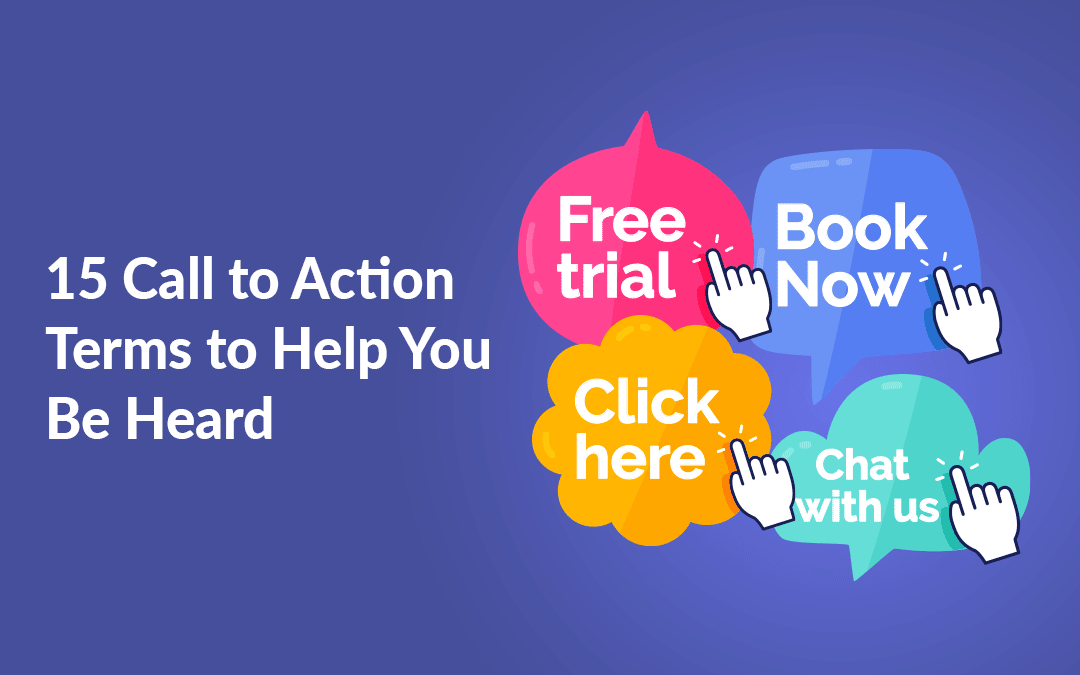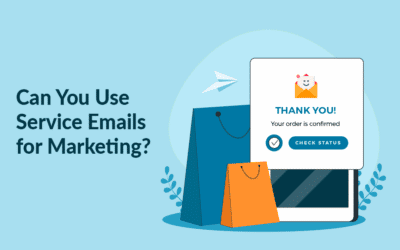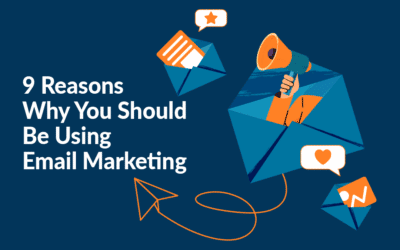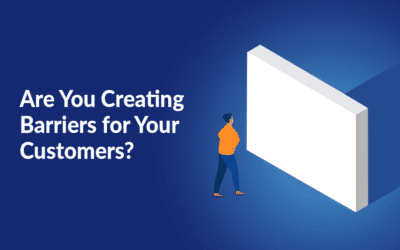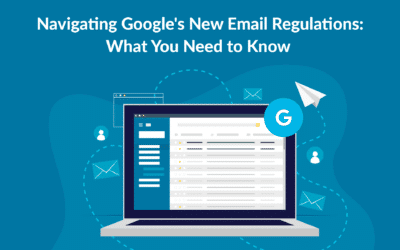Have you ever clicked on a link, unexpectedly? Well, if you are reading this, then most certainly you have. Perhaps you were drawn to do so. In marketing terms this is known as a call to action. It is instigated by marketers to draw instant attention to a company and/or brand, to meet an end goal.
It may be words or imagery that caught your eye. Either way, it made you act. And for marketers, you are drawn one step closer to the destination point. The destination point being the end goal; a sale, purchase or commitment.
In some cases, prior to becoming a sale, a call to action can first generate a lead and then be nurtured through the sales funnel. This is predominantly the case for a B2B (business to business) model, where the sales process is longer. In other cases, it can be an instant sale. This is generally the case for a B2C (business to consumer) model, which is common for ecommerce businesses.
What Is a Call to Action?
A call to action (CTA) is a marketing term used to entice immediate action to be taken by the person reading it. A statement that commands both attention and action. It is also often a simple and bold statement that instructs you what to do. And most commonly is delivered with a few short words.
It could be used to initially entice someone to sign up to your newsletter. Or to get them to join your email list by offering a FREE download, such as an eBook. Once on your email list, then another call to action could be used to convert them into a customer by making a sale or commitment to a subscription.
How To Deliver a Call to Action?
A call to action can be delivered in several ways. The most common ways are by a website pop up, a button via email, anchor text, social media post, an image, online forms or landing pages.
To obtain the reader’s attention, you need to offer value or something in return. And be sure to use action words to make your command heard. Intrigue the reader and get them to click.
Buttons are known to be more effective than hyper texts or images. It is also important to personalize your call to action too. So, understand the audience you are targeting and unleash your command, and demand action. But do not be too pushy. Because nobody likes to be hounded and/or annoyed.
Here are 15 common call to action terms to help you be heard.
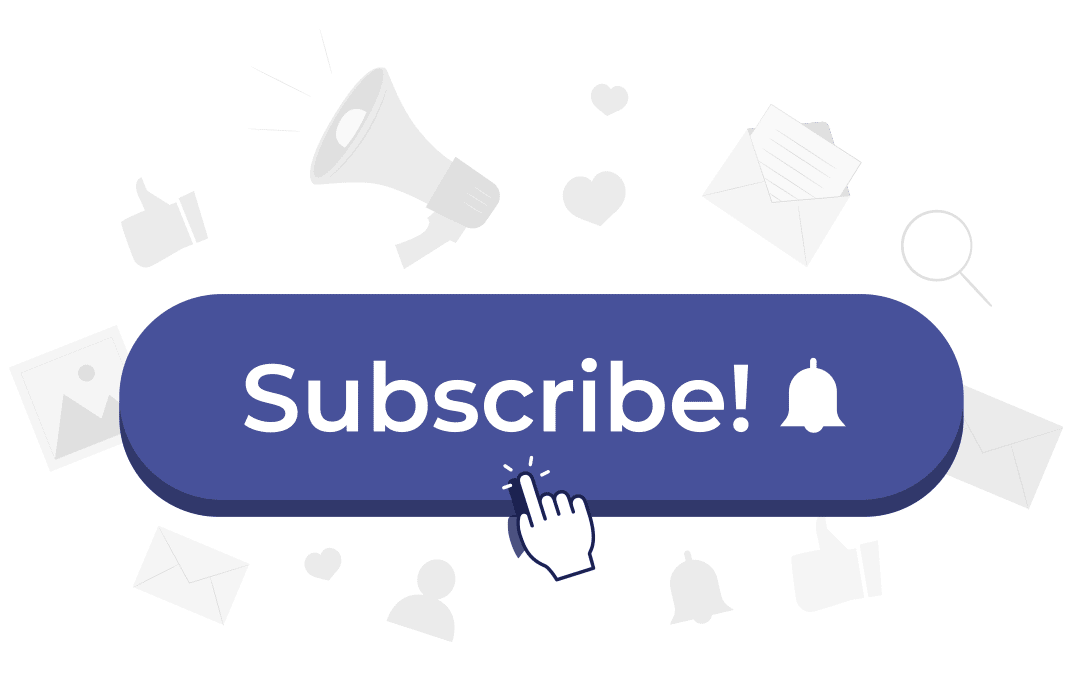
Subscribe
Subscribe is one of the most common call to action used, especially in the world of email marketing. Having users subscribe to your newsletter or blog will help you build an email list. And with a good email list you will place yourself in good stead for the success of your future marketing campaigns.
By having users subscribe you are providing them permission to access your information to a service or product. In turn, users are also granting you permission to send them information.
Subscribe is also used for platforms such as YouTube. If you are using YouTube to deliver your message in a visual format or are doing a presentation of how or why about a particular product or service, then this method will prove beneficial.
The term subscribe is also used for paid subscriptions. This is generally for an agreed service and for a certain period.
Sign up
Sign up, sign up. “Be the first to hear all about our new and exciting products.”
When it comes to building an email list, sign up is probably the most common call to action used. Sign up now, sign up here or just sign up!
It is plain and simple, and straight to the point.
Free trial
Free trial is like a test drive. “Here is a free trial. Try our service and see for yourself why we are number one when it comes to delivering exceptional service.”
Here the intent is clear. A prospective customer tries your free trial and then is convinced enough to continue or subscribe and become a customer.
Book Demo
Book demo is like a free trial, in the sense that you get to ‘test drive’ a product before making a commitment. However, book demo implies a demonstration will be offered to show you how a product works.
This will be a direct sales pitch, showing a prospective customer the benefits and ease of how a product works. Thus, making it so simple that the prospect is convinced to buy or become a customer.
Learn more
Learn more is used when brief information about a product or service has been provided. To learn more the reader will have to take another step. Here, the call to action is longer. First, enticing the reader to want to know more, then followed by looking for a commitment.
This is used for general purposes and can be used across several industries.

Contact Us
Contact us is an old form of communication. “Call and speak to one of our professionals to find out how we can help you.”
These days, most people prefer to avoid direct communication and opt to search for the information themselves or communicate via a written format. Written format being via email or some other messaging platform.
The fear of having to speak to a salesperson straight up is likely to throw most people off. More commonly, contact us forms are used to obtain personal details. So, you can then contact the prospect via their preferred method.
Here, an option field can also be added for the prospect of receiving future correspondence via email.
Download Now
Download now is generally used when giving something away for free. But before you give something away, something in return is expected. This is a prime example of offering an eBook in exchange for an email address. And another email address is added to your email list.
This call to action can also be used to giveaway free information, in the format of a brochure/pdf file. It is purposely designed to provide enough information, without giving away too much, so the reader is enticed to want to know more and contact you.
Chat With Us
Chat with us is used to instigate the prospective customer to start dialogue and ask questions. This can be done via a chatbot or human communication.
Chatbots are used to automate responses while providing information to influence the prospect. With chatbots conversations can take place in real time, during any time of the day. This being convenient to prospective customers and business.
However, some people prefer to have dialogue with real humans in real time. So, this is generally offered during business hours where it can be handled by personnel staff.
Click Here
Click here is reserved for a link to take the reader elsewhere. This is commonly used for general information. The link can be found as a hypertext or as a button.
“What to know more? Then click here”
“For more information about our free introductory offer click here”
A link can also be found in an image.
Read The Full Article
Read the full article is widely used in newsletters. Here the reader is given a snippet of an article and then enticed to read the full article on the website.
By clicking on the link, it will increase click through rates and website traffic. It will also help in converting a lead into a sale. By bringing your audience to your website, you are creating opportunities for more demands and actions to be met.
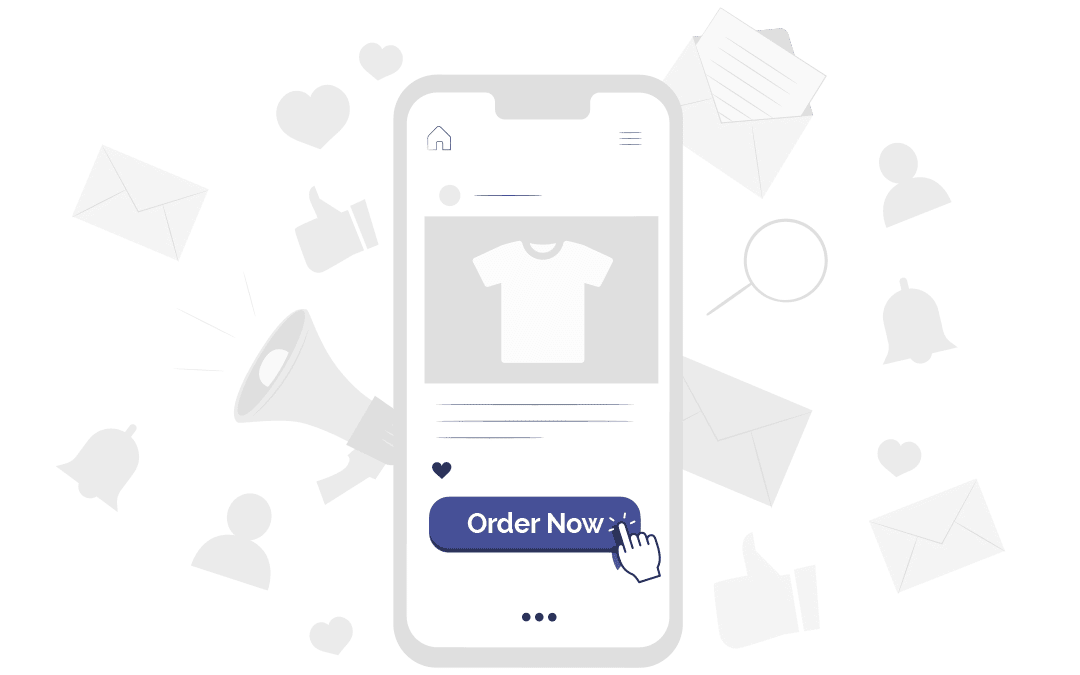
Shop Now
Shop now is designed to entice viewers to view products. Here the intention is that a purchase will be made. Shop now is primarily used in ecommerce. By being drawn to view such products, a viewer can develop an emotional attachment to a product, which would ultimately lead to a commitment/purchase.
Buy Now
Just like shop now, buy now is also commonly used in ecommerce. But here, the viewer will have already viewed or become familiar with the product. So, all that remains now is that the purchase is completed.
“Buy Now – stock selling fast.”
“Buy Now – before you miss out.”
“Buy Now – beat the price rise.”
Play To Win
Play to win is a form of gamification. It is used to lure in prospective customers. This helps obtain relevant information about a prospect, like an email address, ultimately gaining a lead. From there the lead can be nurtured through the company’s sales funnel.
This form of call to action is usually from a psychological aspect. When humans play games the brain produces endorphins, whereby creating a positive and memorable experience. Furthermore, it is also great for branding and obtaining customer data.
Take The Survey
The purpose of this call to action is to collect information. Here, you can also learn more about the personality and character of your audience. You can also better understand what they want and need.
The information collected can be sent to a CRM (Customer Relationship Management) system and even segmented. Thus, enabling you to better target your audience with future content and create a greater customer experience.
Claim Your Offer
Claim your offer is another means of obtaining customer information. Psychologically, people are intrigued when there is an offer and want to know more. To claim this offer, readers will have to provide their details. Again, more customer data for a greater customer experience.
Guiding The Way to Your End Goal
A call to action plays a pivotal role in marketing campaigns. What we can conclude is that the right call to action will increase your website visits, clicks and conversions. Ultimately leading to more sales and increased revenue. And if your call to action is not heard, then all efforts can fall on deaf ears.
So, find which call to action works best for you and do not use too many, otherwise you will confuse the reader. Limit the options so users can decide quickly. Take heed and guide them in the right direction.
This blog post has also appeared in a MarketingPlatform Newsletter.
Author: Alex Trajcevski
Try MarketingPlatform for free for 14 days
The trial period is free, completely non-binding and expires after 14 days if you do not wish to continue.
When you sign up, you will also receive our educational flow via a series of emails along with our newsletter with regular updates.

